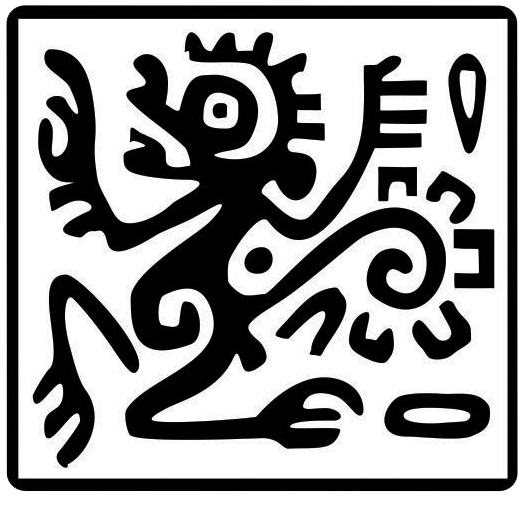Comments on reproduction of Myotis dinellii in San Juan, Argentina
Abstract
Myotis dinellii forms groups of 3 to 80 individuals and inhabits natural and anthropic environments. Despite having a wide distribution in Argentina, the information available on its reproduction is scarce, so the aim of this paper is to provide information on its reproductive activity and fill some gaps in the knowledge of its biology. The reproductive activity of a colony of M. dinellii inhabiting a bridge (2.26 m high, 9.60 m long, 14 m wide) in the department of Ullum, San Juan, Argentina, was recorded. Two mist nets were placed on both sides of the bridge from 20:00 hr to 06:00 hr. Sex, age and reproductive condition were recorded for each specimen. From March 2018 to January 2020, with a sampling effort of 1,350 net-hr, 49 individuals were captured, consisting of 41 females (29 lactating and 12 non-lactating) and 8 males (4 with scrotal testes and 4 with abdominal testes). There were 29 births in the first days of December and lactation until the first days of January. The colony occupied the bridge from November to the beginning of March. These results constitute the first reproductive data of M. dinellii obtained from a systematic study of a colony. These studies are necessary to increase the general knowledge of the reproductive patterns of the species in Argentina.
Copyright (c) 2023 Therya Notes

This work is licensed under a Creative Commons Attribution-NonCommercial-NoDerivatives 4.0 International License.
THERYA NOTES is based on its open access policy allowing free download of the complete contents of the magazine in digital format. It also authorizes the author to place the article in the format published by the magazine on your personal website, or in an open access repository, distribute copies of the article published in electronic or printed format that the author deems appropriate, and reuse part or whole article in own articles or future books, giving the corresponding credits. The Creative Commons CC BY-NC-SD license is used.![]()










